CDC and Covid regulations
March 7, 2022
The views on whether masks are necessary or not have been contradictory since the early days of lockdown in 2020. Since then, respective state businesses and institutions have eased or eradicated their mandates. The battle of the privileges of the vaccinated versus unvaccinated continue to spark heated debates that will continue for years to come.
Proof of vaccination is not as extreme as some citizens are making out to be. Companies have the right to require their employees to be vaccinated just as educational institutions have a right to require students to be vaccinated. GHC requires students to have proof of vaccinations and this is how it’s been from the days of elementary school and beyond.
Vaccination mandates are not an infringement on our rights, but a logical step for our safety. Those that oppose the vaccine for non-conspiracy theory reasons believe that the rollout is faulty because the vaccine does not prevent transmission of the virus, whether vaccinated or boosted. This is one more reason why masks should be worn indoors as a precautionary measure.
Most people follow the guidelines provided by the CDC, which include wearing a mask in public spaces, getting vaccinated and self-quarantining in the case of COVID infection. The many people that are vaccine hesitant or go maskless need to adhere to the guidelines to cut down on COVID infection rates and death tolls.
Wearing masks indoors is also heavily based on comfort levels and peer pressure. Most people are not comfortable wearing masks in familiar spaces like their homes and work spaces with people they feel at ease with. Some are paranoid about being maskless in indoor spaces, but being in a room with about 20 people being maskless weighs heavily on their conscience and they decide to conform.
It is now optional for masks to be worn in most local supermarkets. There are also placement stickers suggesting customers stay six feet apart in order to maintain social distancing. Some people are able to venture into local stores and not contract COVID, however, immunocompromised people cannot do the same. Exposure and positivity rates differ from state to state, therefore the measures put in place should reflect the rates of respective areas. High risk environments should have mask mandates for the safety of everyone around.
With the number of unvaccinated people still so high it is expected that mask wearing will be normalized when someone is sick. The virus is not yet behind us and wearing masks and getting vaccinated offer great protection.





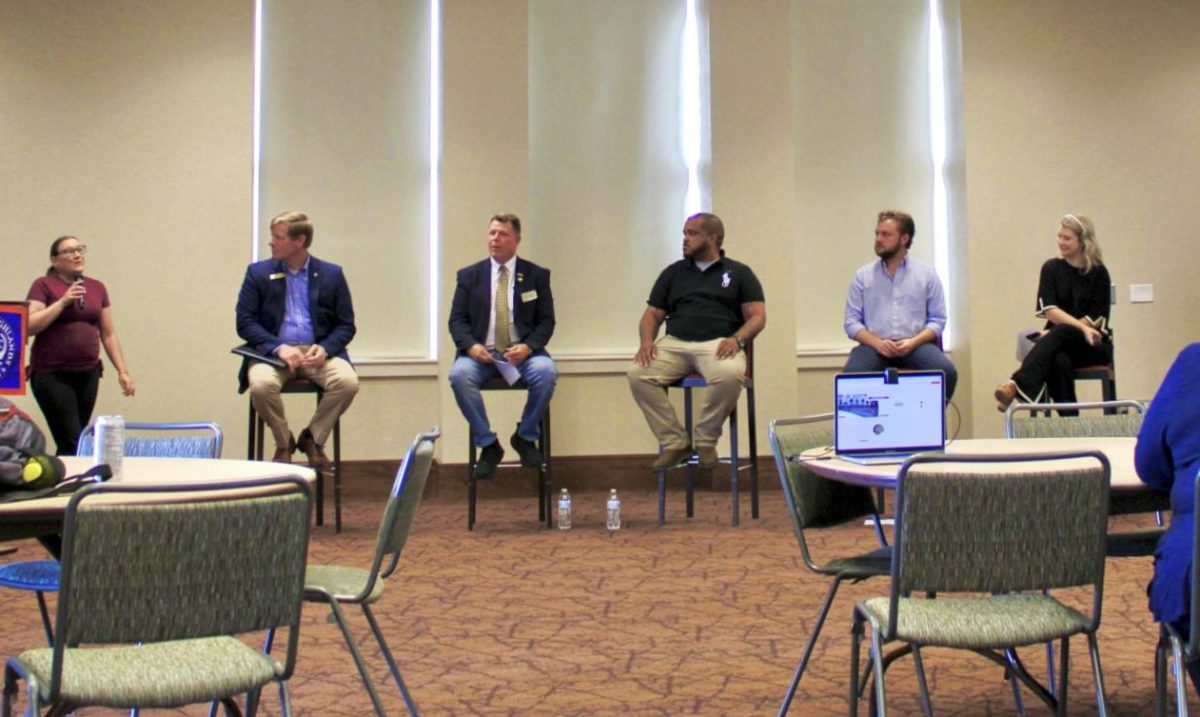

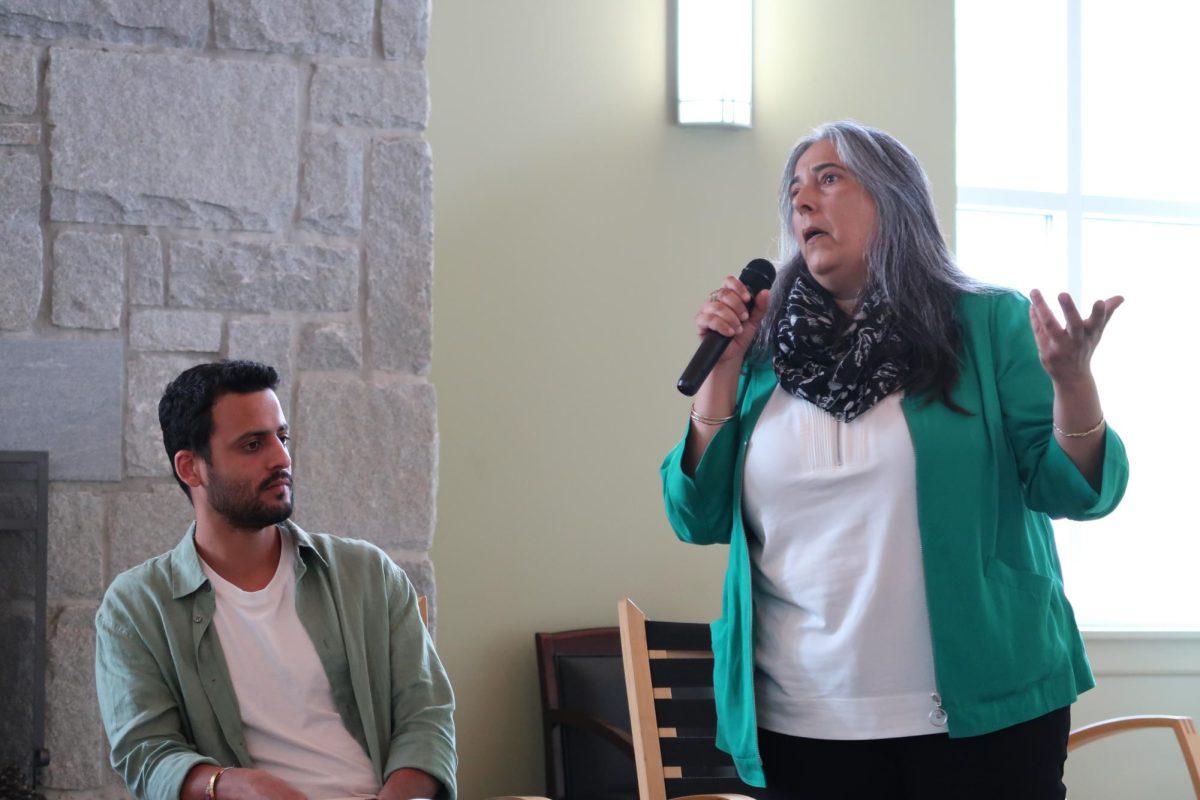
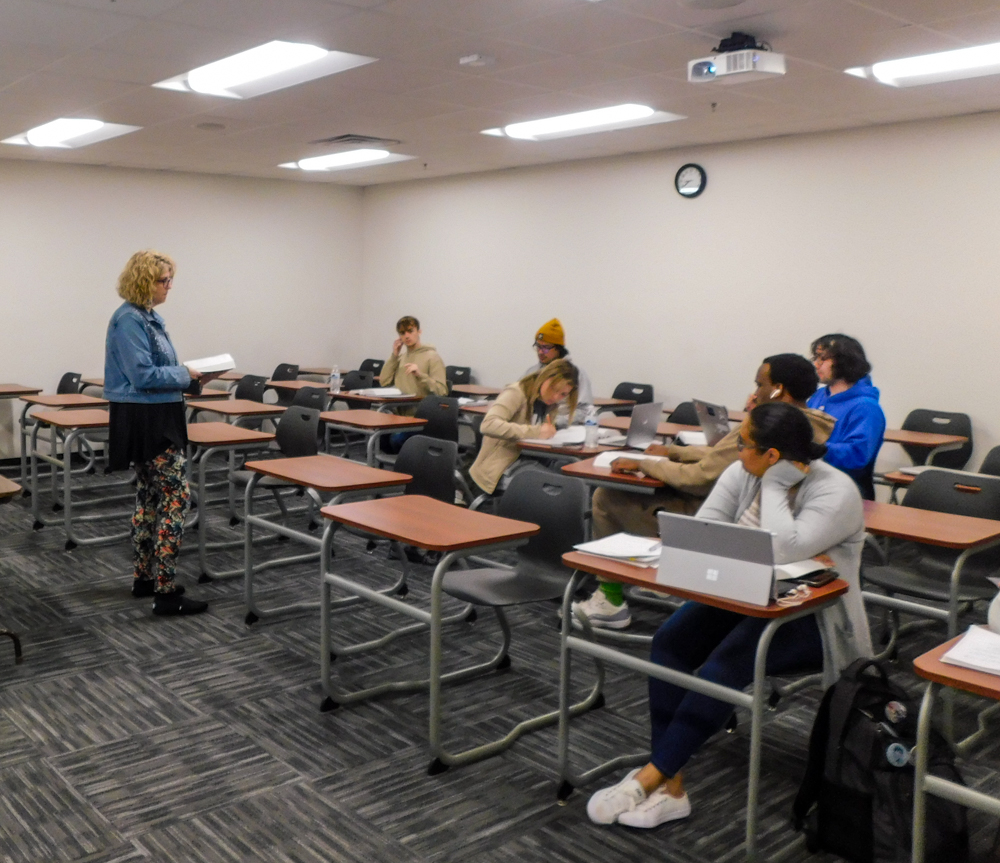

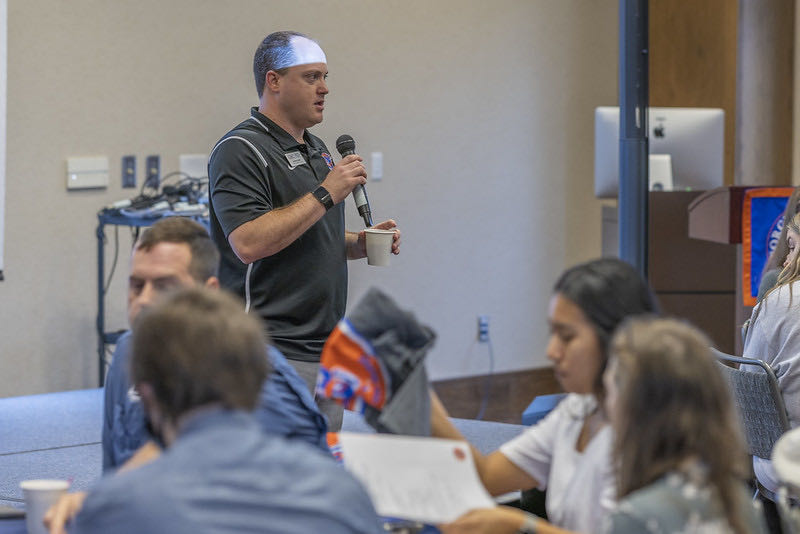
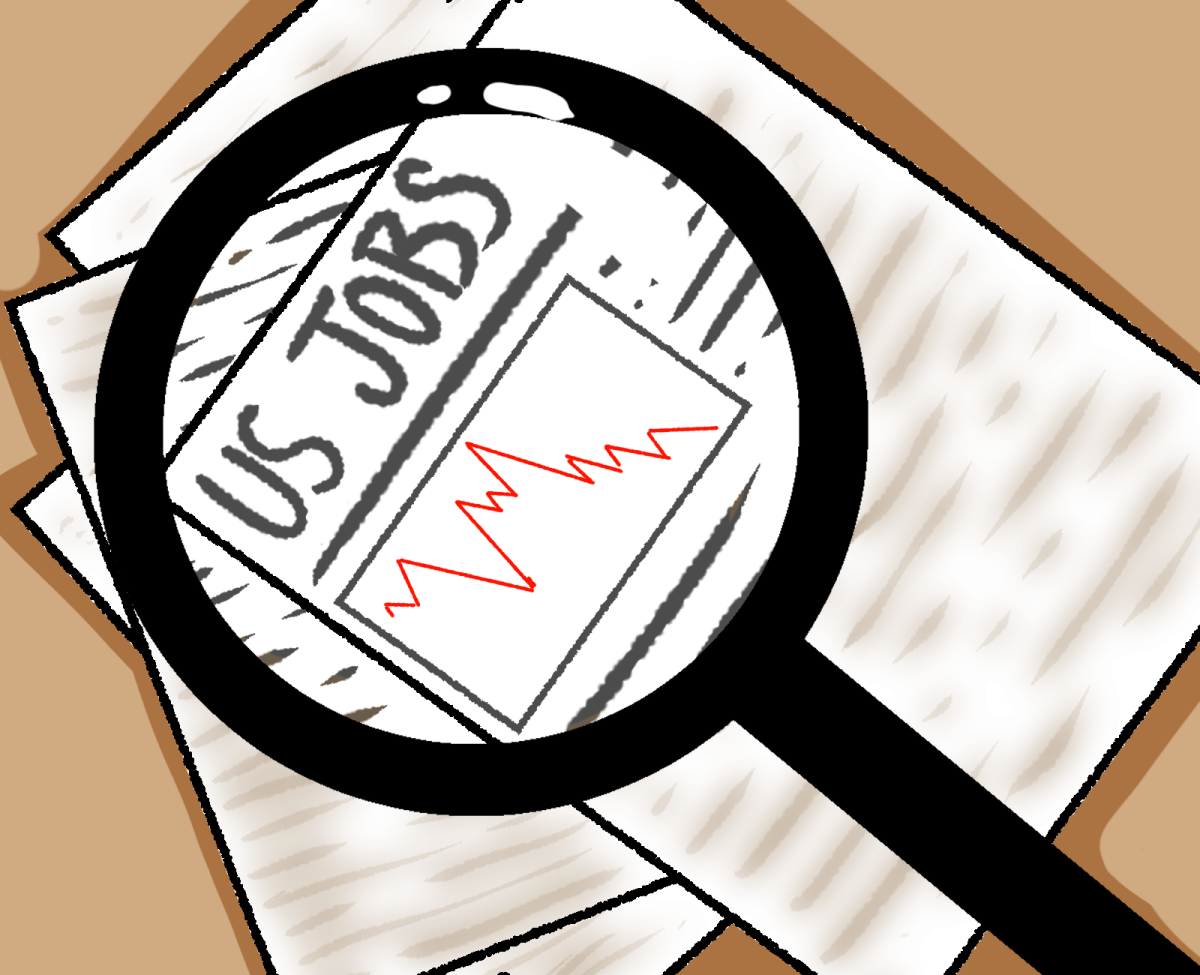




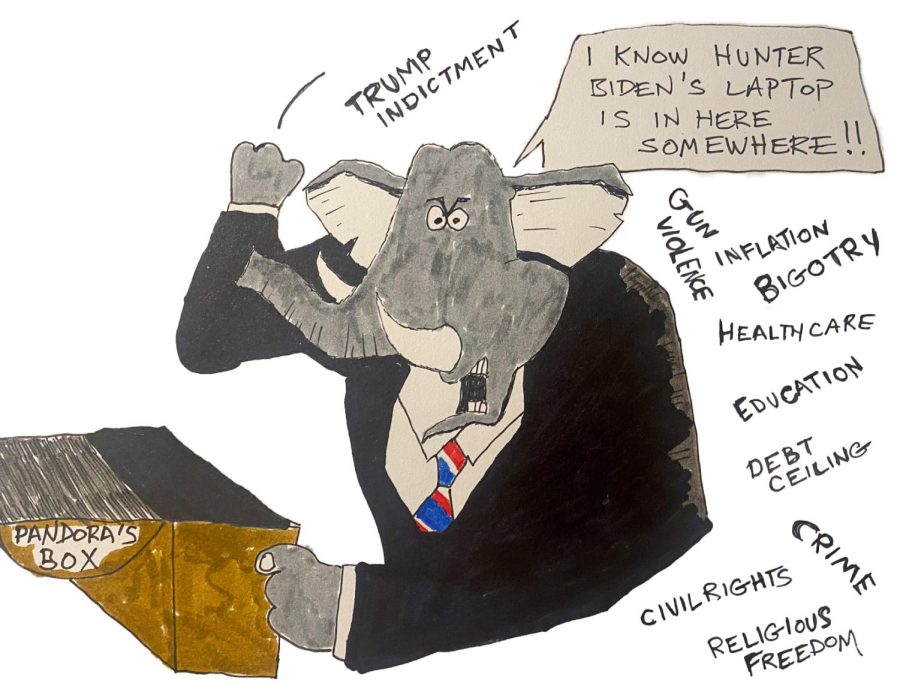

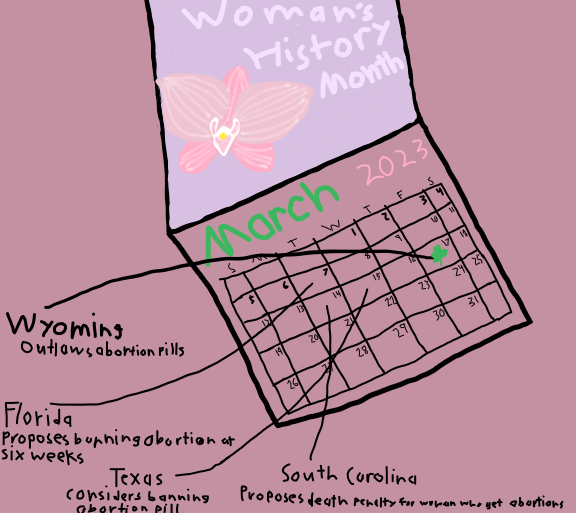







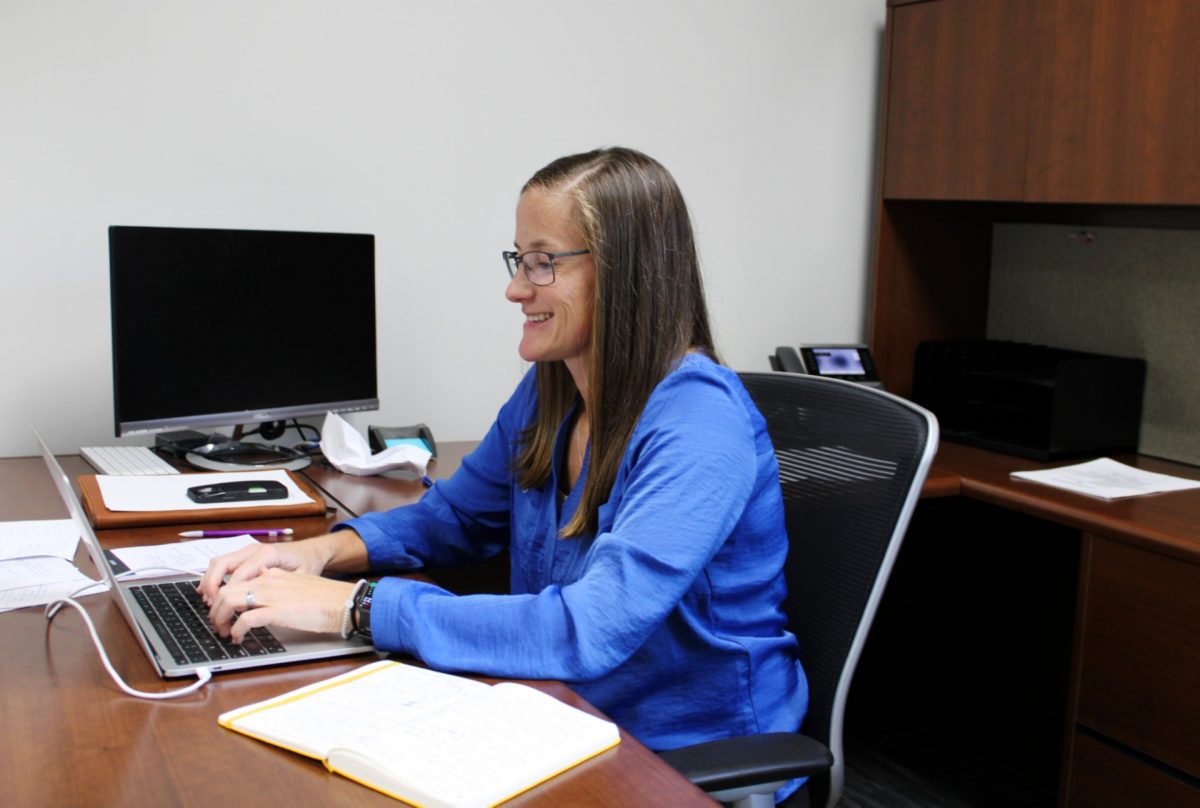




































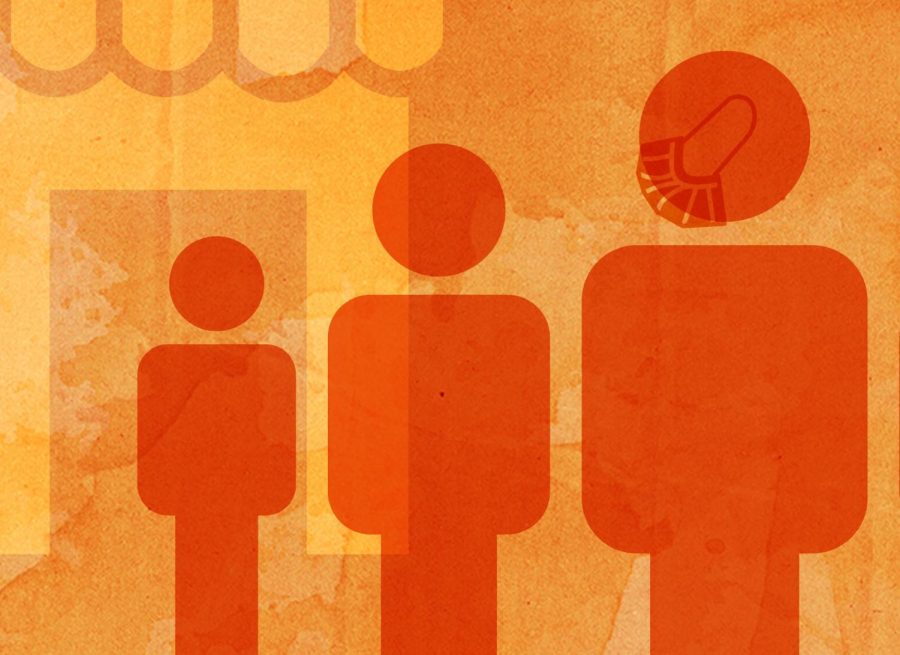






Nacarr • Mar 7, 2022 at 12:29 pm
The accuracy!